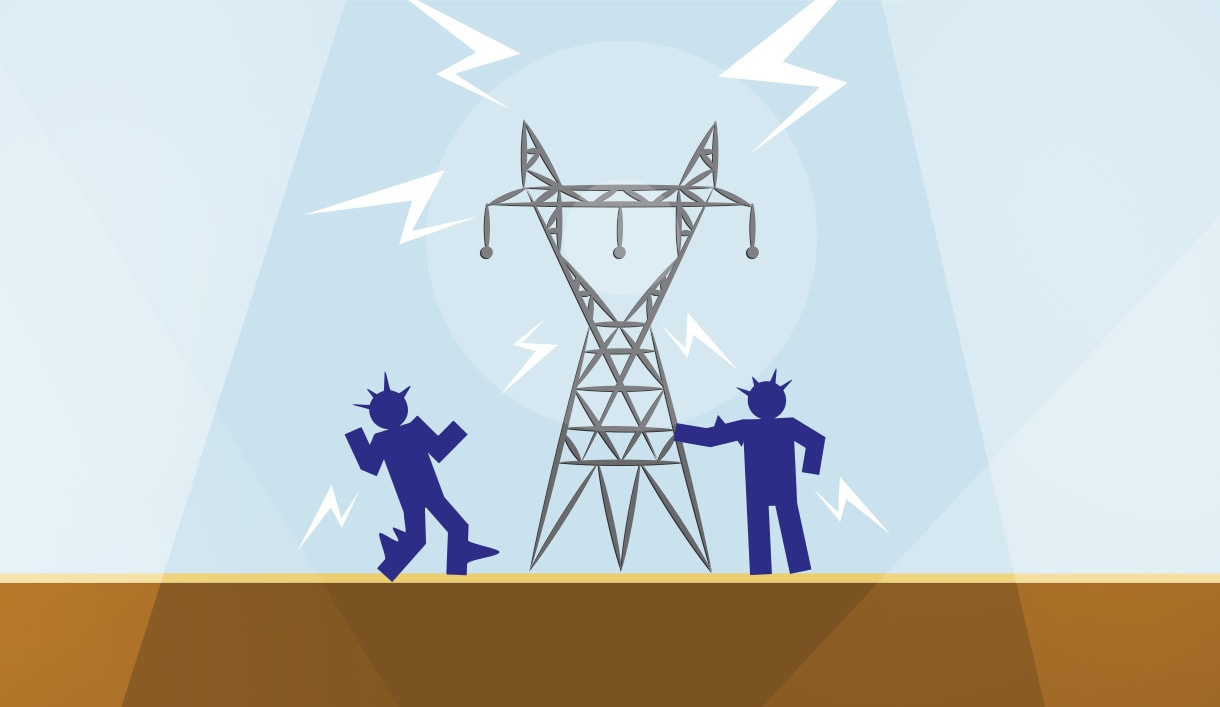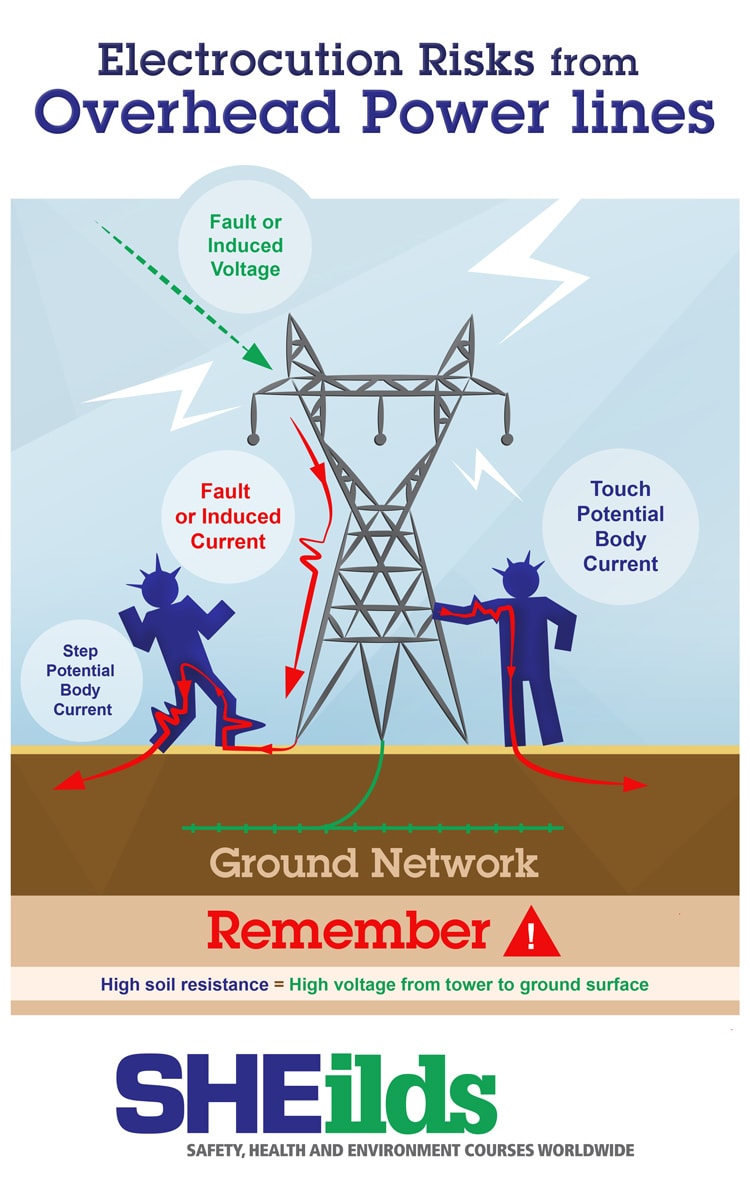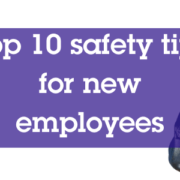Working and Safety with Overhead Powerlines
Safety considerations for OHPL
It’s safe to assume almost everyone is aware of the considerable dangers presented by powerlines, but how well do you understand the attached risks? Would you know what to do in an emergency situation involving downed powerlines or while working close by?
Regulation 14 of the Electricity at Work Regulations 1989 requires that work may be carried out in close proximity to live overhead lines only when there is no alternative and when the risks can be properly controlled.
Voltages less than 230v can kill and overhead powerlines (OHPL) run between 400v and 400kv. The higher voltage cables are not insulated but gloves and rubber boots are not adequate protection for voltages in OHPL. It is not necessary to touch the OHPL to receive a shock – regardless, close proximity can produce a fatal arc.
If you are working within a distance of 10m (measured at ground level horizontally from below the nearest wire) you are classed as working in close proximity. Ideally the line should be isolated or temporarily diverted but this is not always possible. Therefore, employers need to take suitable precautions that protect the workforce. These are outlined in HSE guidance GS6 “Avoiding danger from overhead power lines”. Employers and workers have a duty to ensure:
- Risks are assessed by a competent and experienced person;
- Safety precautions are always followed;
- Overhead line wires should never be touched;
- It is always assumed that the wires are live. Even if thought to be isolated or dead, they may be switched back on either automatically or remotely after a few seconds, minutes or even hours;
- If working in proximity to broken lines, they are to be isolated and earthed at a safe distance either side of the working area.
However, accidents do happen. The following are safety crucial points to follow if you find yourself near broken power lines:
- If you are in a vehicle that has touched a wire you will be safer if you stay in the vehicle. If you face additional hazards by staying in the vehicle (e.g. fire) and you need to get out, jump out of it as far as you can and try to land with both feet together to avoid “step potential” (see below for definition).
- Do not touch the vehicle while standing on the ground as it is likely to have retained a substantial charge. A shock received in this manner is known as “touch potential” (see below for definition) and can be fatal.
- Do not return to the vehicle until it has been confirmed that it is safe to do so;
- If you can, call the emergency services. Give them your location, tell them what has happened and that electricity wires are involved, and ask them to contact the line’s owner;
- If you are in contact with, or close to, a damaged wire, move away as quickly as possible by shuffling and keeping both feet on the ground or by jumping with both feet together;
- If you see the accident from another area, do not approach within 10m of the broken line until the line’s owner advises that the situation has been made safe;
Step potential: When voltage is higher nearer the source – as you step away one foot may be in contact with a lower voltage than the other. Current will flow through your body, as you lift one foot, and arc back to earth giving a shock likely to be fatal.
Touch potential: When you touch a live source and the voltage is higher than your feet. Current will flow through you to the floor delivering a shock that could be fatal due to high voltage.
Victoria Hughes










Understanding the dangers of overhead powerlines is essential for anyone working near them! The guidelines and safety measures outlined in this article highlight just how critical it is to respect the risks associated with high-voltage lines. It’s shocking to realize that even standing too close can lead to fatal consequences due to potential arcs or electric shocks. Staying vigilant, following safety protocols, and knowing how to react in emergencies can make all the difference in protecting ourselves and others. Let’s spread awareness and ensure everyone stays safe around these powerful lines!